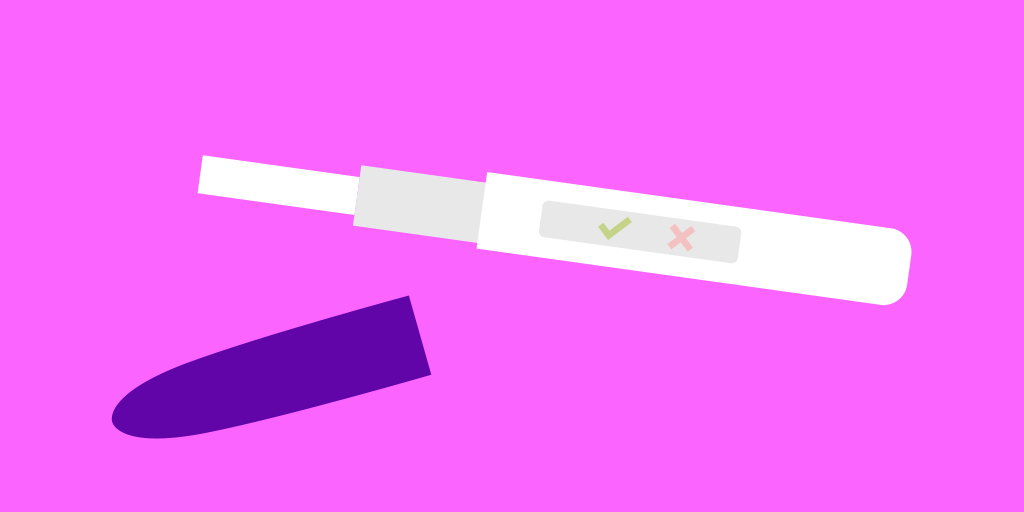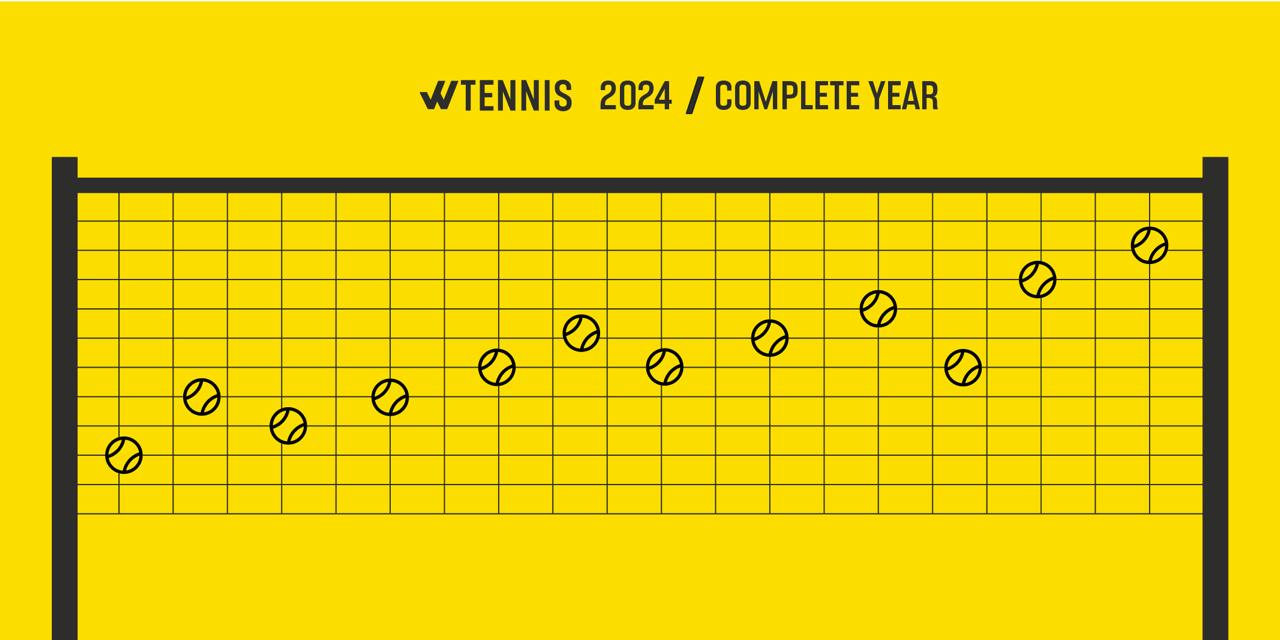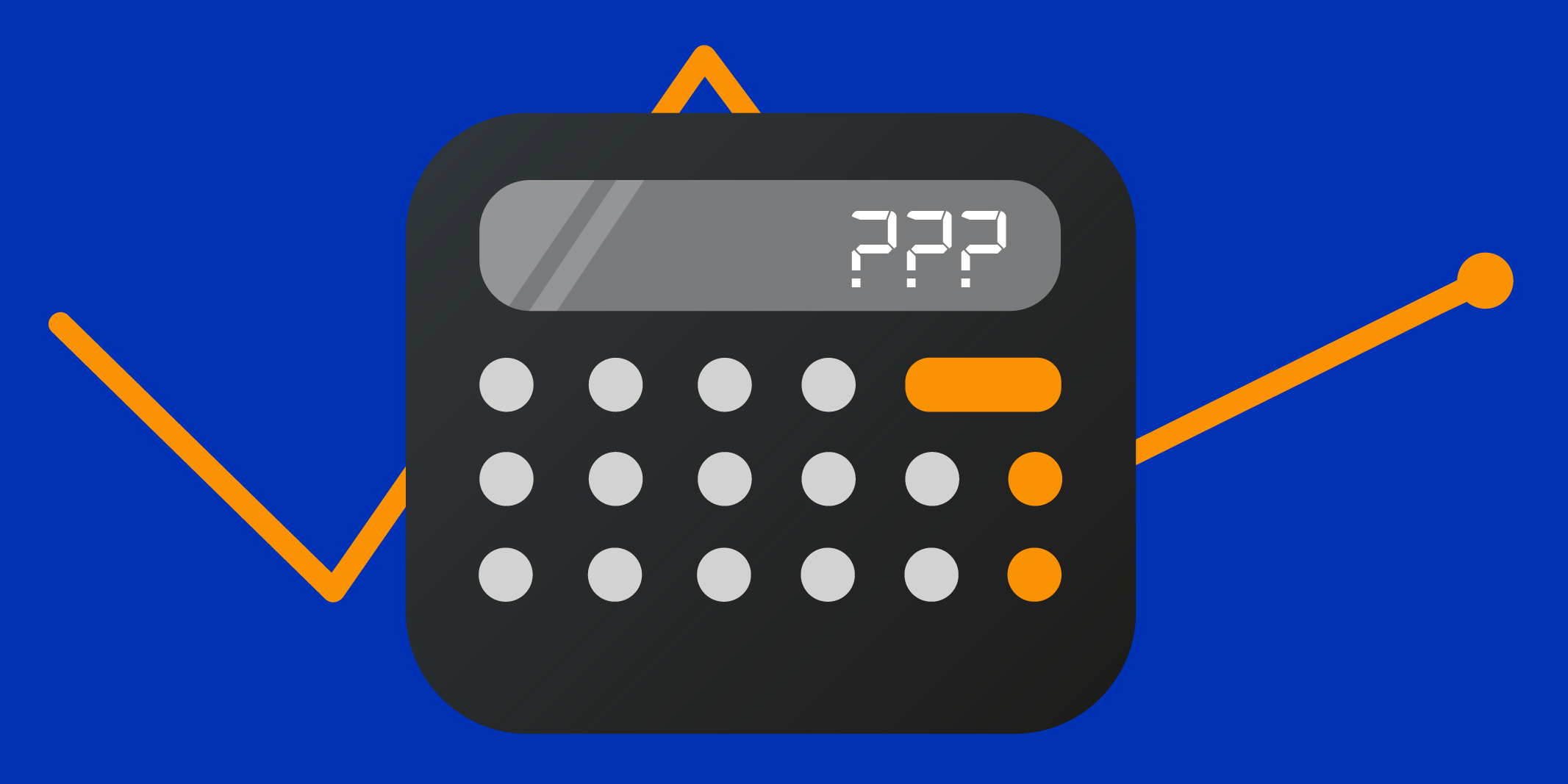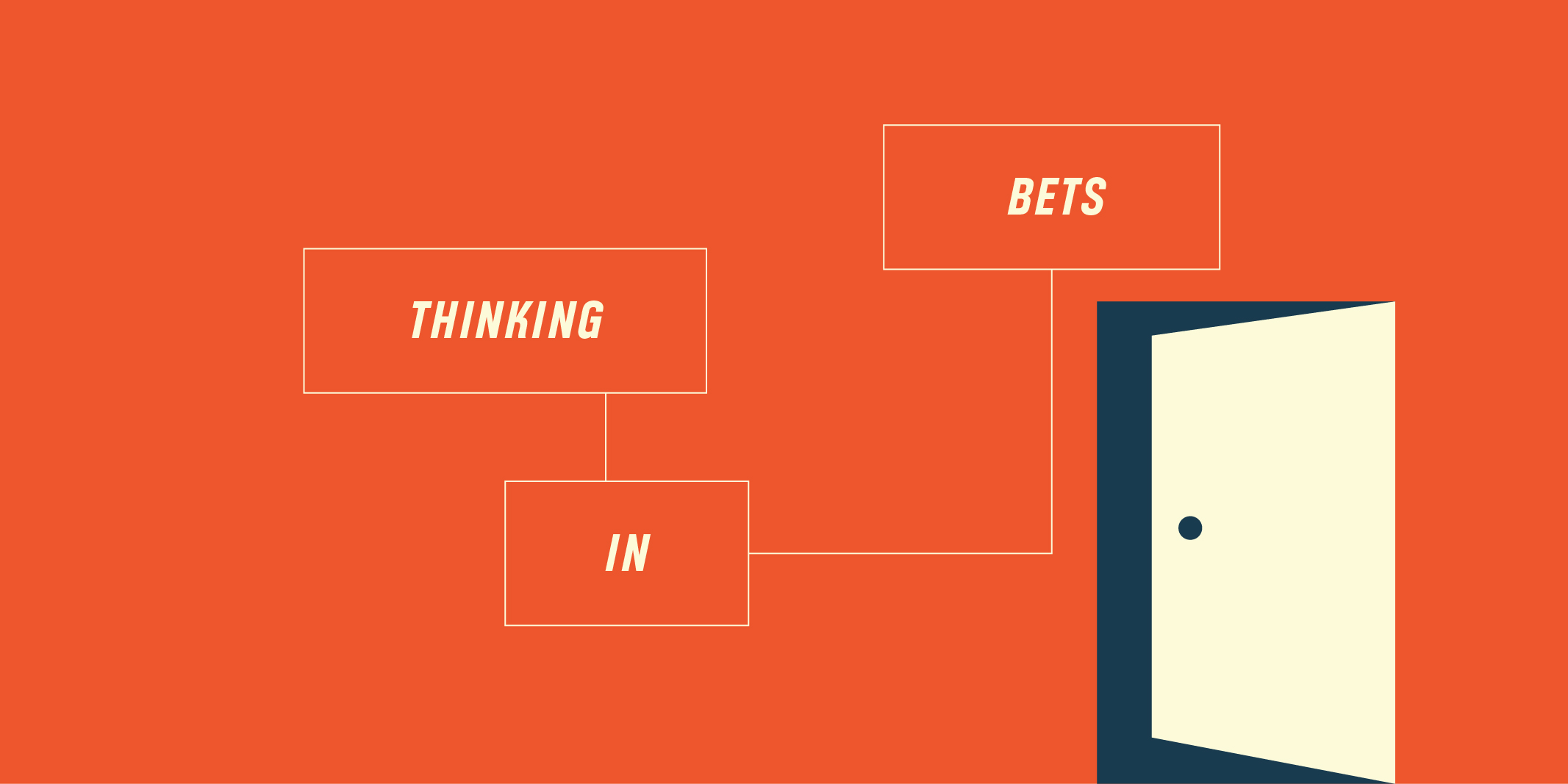If you don’t know how to test your betting system, you’re flying blind. I’ll breakdown why we test, the forms of testing, and the methods used to test our betting systems.
You could call every stage of betting a form of testing:
While you are gathering information to create the grounding of your system; you’re testing.
Once you have your method and are trialling and backtesting; you’re obviously testing.
Then, when you are using your system, successfully or unsuccessfully, you are also testing with every subsequent bet.
Knowing how to analyse your system is an absolute non-negotiable in creating and maintaining profitable betting systems.
Why We Test (Rigorously)
This seems kind of obvious. If you don’t test something, you don’t know if it works.
But, that is just the beginning. We test comprehensively so that we don’t confuse variance with value.
To best explain how variance can affect our perception, I did a simple calculation:
Bets: 100
Odds: 2.00
Stake: 1% (proportional staking)
Yield: -4%
This system, that is clearly unprofitable long-term, will make a profit 30.82% of the time…
If you were in that 30.82% and you were happy with this measly 100 bet trial, you may as well have not tested at all.
You’d be flying straight into the arms of bankroll bankruptcy as that -4% yield chipped away at your betting account and sanity.
We must test and we must test properly.
Use this spreadsheet to run the same simulation with whatever numbers you want – Profit-Probability
Testing Methods
All three of the listed methods should be used in one way or another.
Notice the absence of popular methods: ‘intuition’ and ‘gut feel’…
Real Test (With A Small Bankroll)
The most simple way to test – trialling your own system with a smaller bankroll. A real test.
I polled some long-term profitable sports bettors for a recent article. There were some surprising answers, but it was no surprise that many of them recommended trialling with a small bankroll before committing any significant money. Sometimes for years.
This doesn’t mean winning 15/20 of the intuitive head to head bets that you placed because you had a good feeling about them. This means using your well-defined system over a period of months, sometimes years, and diligently logging 1000+ bets to validate or invalidate your betting system.
This method is great, it’s simple, and it works. But, it takes a long time. Spending years only to find your system is unprofitable would be wholly demoralising.
Betting volume is key here, if you are able to find ten value bets a day that fit the criteria of your system, you can get valuable, consequential data of 1000 bets logged in just over three months. But if not, it can be a slog.
This is where the backtest method is valuable.
Backtest
Luckily, every sports result and thousands of in-depth stats are available for free to every single one of you. It’s a beautiful ever-updated resource called the Internet.
The secret to testing and improving a system is simply to spend time going through past results and trying to find trends in the statistics.
Here is an example (don’t use it):
Start with something to test – Over the past 500 games, Team A wins what % of games when the weather is below 15 Celsius?
First, you’ll log the last 500 relevant games, using fbref.com for Football, bbref.com for Basketball, or any other database of results. Then, put all the relevant weather conditions into the same spreadsheet, giving you a correlation; in this case, it’ll be a %.
55% of the time Team A wins in sub-15-celsius conditions. They must just love that cold weather and have superior weatherproof gloves than the rest of the competition…
With a 55% probability of occurring all we need to breakeven is odds of $1.82. If we can find odds of $2.00 we have clearly found odds above the required.
There are plenty above 2.00? Cool, now we’re rich.
Let’s be clear, this is a terrible inconsequential metric to backtest – but, the theory is that simple.
Oftentimes you will need to be testing multiple metrics against each other for 1000+ bets and failing many times before you find a system that succeeds with enough bet volume to be worth your time.
The benefit of backtesting is that you can spend the time doing it, right now. If you are trialling a system in real-time, you are waiting to log results week by week and season by season. Backtesting allows you to commit and spend as much time as you can right now finding a successful system.
Closing Line Testing
Across the board, there is no one smarter than the market. No One. More specifically, the market when it closes.
Over the long-term, the closing line; the odds at which the market closes, is analogous to the true probability of an event (minus the bookmaker margin). This is called the CLV (Closing Line Value) and it gives us something to compare ourselves to.
This general accuracy of the closing line is a product of many things:
First, the bookmaker publishes odds which they believe to reflect the true probability of an event, using the huge amount of resources at their disposal.
Next, bettors from all over the world bet on those odds. Recreational punters and serious punters.
Recreational punters bet on either side of the event, usually without much method. This barely affects the odds unless the bookmaker has made an obvious error.
Then, we have serious bettors, using their own analysis to find fault and value in the bookmaker odds – bookmakers react to the incoming bets, using these actions of highly regarded profitable bettors to help adjust the odds to the mutually calculated ‘true odds’ of the event.
It is essentially a battle between bookmakers and serious bettors, fighting it out to work out what the true probability of an event is. With a sea of recreational punters inconsequentially dancing around them and throwing cash at the bookmaker. A dizzying image.
That range between where the odds began and where they closed is where the value is.
To be clear, it’s not impossible to win money purely betting the closing odds. But, it is extremely hard. You are not only contending with the bookmaker’s initial analysis, but you are also contending with other serious sports bettors, the added information gathered by the bookmaker since the first odds were published, and the bookmaker margin.
So, the key to measuring yourself and your ability against the closing line is simple:
- Record the odds at which you placed the bet
- Record the closing line odds
- Calculate the bookmaker margin
- Calculate your implied yield
- Repeat 100’s of time…
For example, your system identified a market in which you believed the odds should have been 1.90-2.00, but you found odds of 2.05, a clear value bet based on your system.
The market then closed at 1.96, after removing the bookmaker margin of 2% the true implied odds would be 2.00.
Then to calculate the true yield you achieved, simply do: 2.05/2.00 = 2.5%
You have beaten the true closing line by 2.5%
Joseph Buchdahl wrote a great piece on Closing Line Value, showing the efficacy of testing against closing lines – Using the closing line to test your skill in betting.
Closing Line Value, as a theory, isn’t bulletproof. But, it’s strong and it may be the most reliable measure we have to test our systems.
Other Things To Test
Even a profitable system can be a failing system, let me explain how:
Time/Yield Ratio
Your time has a $ value. This is where the trialling method comes in.
If you spend two hours a day analysing markets and placing bets, and your average daily profit is $30, you are judging one hour of your time to be worth $15 – is that what your time is worth?
You have to know the cost in time and effort that is required by your betting system. Trial the system, see how long it takes you to place bets, compare odds, calculate stakes, and then evaluate the true cost of doing business.
Volume
So often neglected when people describe their betting systems. Volume > Yield.
Obviously, it’s more nuanced than that. But, I’ll take a system with a 2-3% yield with multiple bets per day over a system with a 10% yield but that only provides one bet per week. Every time.
The lower the volume, the longer it takes to test, and the longer it takes to compound your bankroll. If it’s taking you three years to log 500 bets, your edge could be lost before you even get to profit from it.
Life/Bet Balance
You’ve backtested your system, it works, it’s got the volume, the yield, and takes very little ongoing maintenance. You’re all set, right?
Not quite. I bet on ITF tennis, many of those markets are released while late at night over here in Melbourne. Luckily, the odds often hold and I’m also a bit of a night owl. It’s not a problem for me.
But, if you have to stay up to use your system, you have to evaluate whether it’s worth it. If you work 9-5 and have to keep your phone ready during the day, that could threaten your job. You might not want to be checking your phone while spending time with your family in the afternoons. All things that need to be considered.
We are slaves to bookmakers and when they make odds available. Sometimes, your system just won’t fit your life (so give it to me).
Bookmaker Availability
We all know this one, bookies don’t like your winning system. They also have the power to cripple it.
Most bookmakers will limit or ban you for winning regularly and consistently in large volumes. Your backtests don’t account for that, your small bankroll trials don’t account for that.
First, assess how many bookmakers your system will work with. Then, open accounts with as many bookmakers as possible. The key to not being limited is spreading your bets across multiple bookies. Here is an article detailing some other ways to sidestep bookmaker limits.
Ask other bettors what their experiences are. You won’t have to go far to find out that Pinnacle doesn’t limit and Paddy Power does, quickly. Here is a list of some ‘no limit bookmakers’.
Do your research, testing a system for a year and then being limited within a week would be extremely frustrating.
Conclusion
Are you convinced? Testing diligently is imperative to building a profitable method.
All a bit too much? There always is the option to outsource your betting analysis to a tipster or service. For that, I’ll direct you to this article – Find The Best Tipsters (A Sceptics Guide)
A rigid plan and framework for building your betting system would be:
- Backtest your initial hypothesis, over a month, year, and multi-year period. Analyse closing lines for the backtested data.
- Trial your system with a small bankroll and reach 1000 bets. Analyse all bets against the closing line.
- Compare your backtest with your trial. Did your backtest have any oversights?
- Analyse the human aspects of your system. Were the bets too time-consuming to place? Did it cut into your family time?
- Analyse the logistics. How available were bookmakers, have you been told they are quick to limit? Is there enough volume?
- Decide if it’s worth it.
Profit
Time-consuming? Yeah. Important? YES.
Good luck with your betting systems.
For a more advanced look at testing and creating a betting system, my colleague Miguel has written this follow up article ‘Designing A Sports Betting System: Advanced Guide‘
Happy (Value) Betting








Are there any sites like bbref.com for tennis?
I wish there were!
The best is http://tennis-data.co.uk/ but it only has ATP and WTA.
For ITF’s you need to go through sites like SofaScore and FlashScore, but they can be hard to scrape
If I find any better options I’ll let you know, hopefully they pop up!